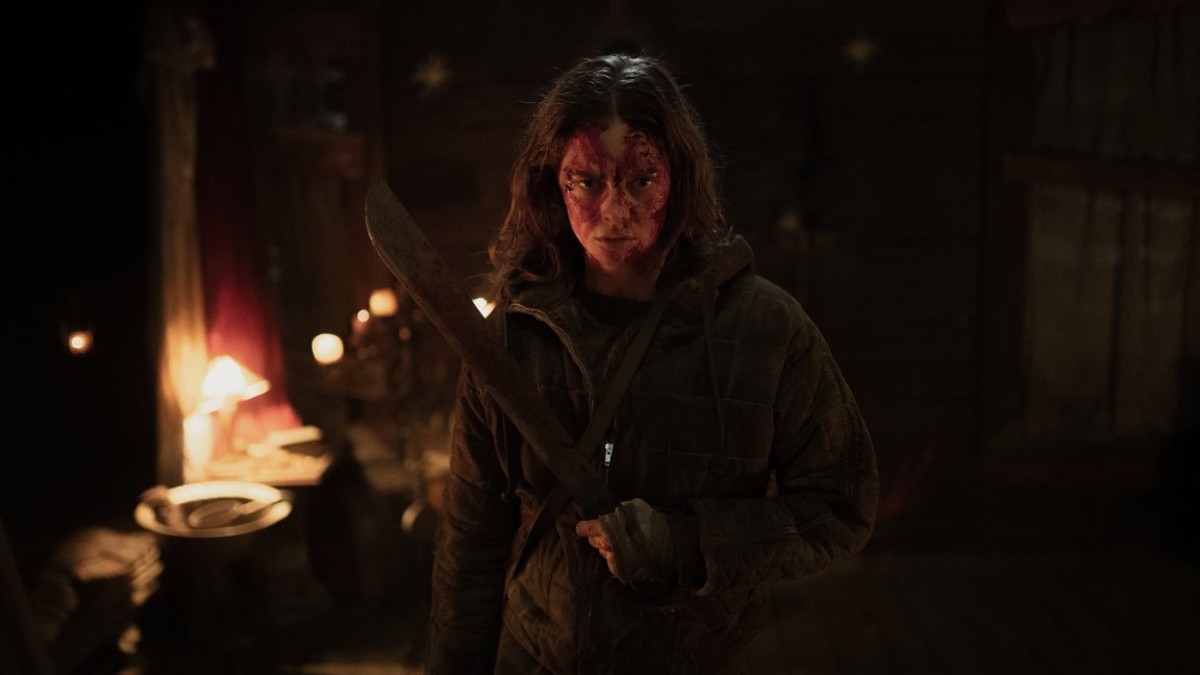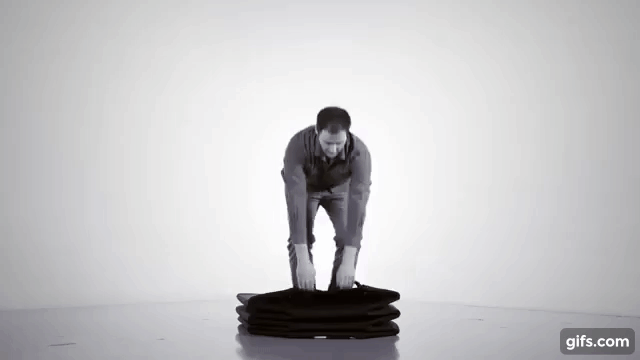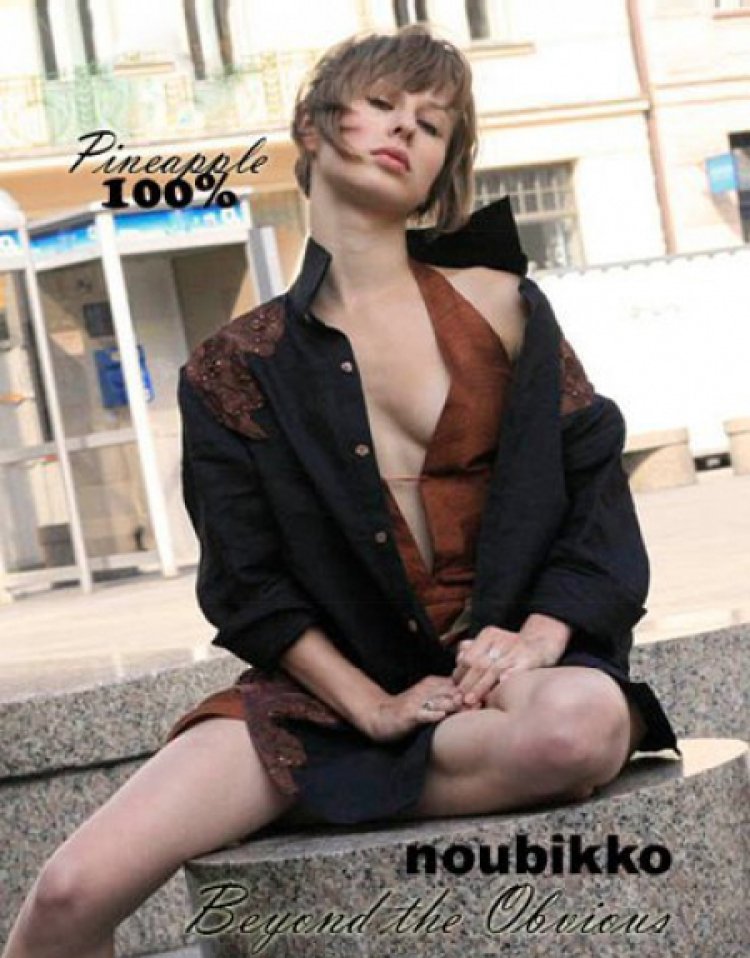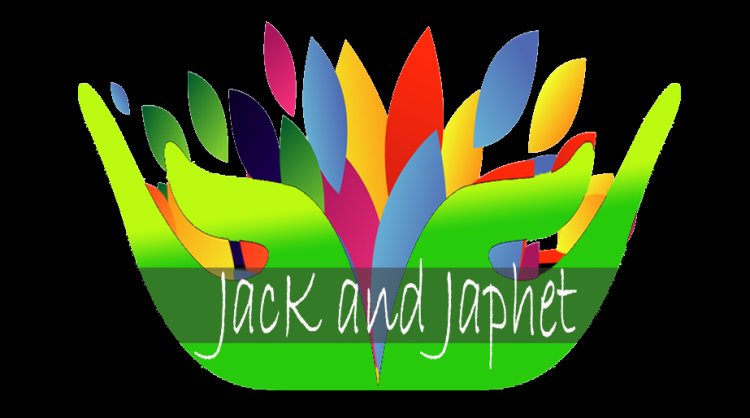The Registers of Fear: Samara Weaving on “Azrael”
An interview with the star of Shudder's post-apocalyptic horror-thriller about fight scenes, Adam and Eve, and the nuances of terror.

Rooting its vicious, survivalist thrills in the dog days of the apocalypse while acting as an epilogue to the Book of Revelation, director E.L. Katz’s “Azrael” terrifies by being both specific with its world-building and opaque at how its horrors manifested.
Set “many years after the Rapture,” a brief intro text explains that, among those who have survived, some have been driven to renounce speech. In a forest littered with the last remaining vestiges of civilization (abandoned cars, building ruins) we meet the titular Azrael (Samara Weaving) on the run with her lover, Kenan (Nathan Stewart-Jarrett), only to be captured by the very mute zealots they were fleeing from. Communicating only through grunts, cries, and chants, Azrael’s captors attempt to sacrifice her to an ancient evil in the wilderness: a host of burnt, flesh-eating creatures. She manages to escape and fights both zealot and monster alike while attempting to survive the night.
For Weaving, fighting against fanatics who are trying to sacrifice her is par for the course, considering her roles in films like “Mayhem,” “The Babysitter,” “Guns Akimbo,” and “Ready or Not.” Her character here presents a first for the actress as her other roles benefited from her sardonic line deliveries and full-bodied screams; in “Azrael,” her voice is reduced to hisses and whispers, while her face has to portray the storm of emotions and responses to all that afflict her.
This challenge was one of many reasons why Weaving took on the role, even though the film’s grueling night shoots were a mental and physical strain. “It’s all about portraying the different registers of fear,” she shared. Katz’s and writer Simon Barrett’s script is light on specifics (Why are people mute? Are the creatures demons or the souls of the damned?), so our guide throughout this world is Weaving’s tortured odyssey. She’s more than up for the challenge, communicating a multi-faceted depth of emotion through her face.
Weaving spoke with RogerEbert.com over Zoom about building nuance in her portrayals of fear, shooting the film’s standout fight scene (she spends most of it hanging upside down from a tree), and how she sees her character subverting the Adam and Eve story.
This conversation has been edited and condensed for clarity.
“Azrael” offers hints of backstory, but for the most part, it throws its viewers into this hellscape. Did you consciously build a backstory for your character or do a deep dive into theological Biblical apocalypse lore?
Yeah, totally. I did all that. This was a weird move to prepare for because I didn’t have any lines to learn; usually, that’s the biggest obstacle. But with “Azrael,” that time I would have spent memorizing dialogue I instead put into the physical training and getting pretentious, strange, and weird with the backstory of the world. Simon and Evan had their ideas, but I also had some of my own and smooshed them all together.
How did all of that research tangibly manifest in your performance?
Oh gosh, this sounds so lame (laughs), but for Azrael, I approached her as if I was playing a lone wolf. She has her pack in this film but is very quickly isolated. I just leaned into that idea for the whole film. I also have this big notebook with all the animal notes, Biblical stuff, and weird devil shit I was looking at, but I don’t know where that is now.
That speaks to the whole other backstory of what we’re seeing communicated on screen. From films like “The Babysitter” to “Ready or Not” to now “Azrael,” I’ve made a list of films on Letterboxd that’s essentially “Samara Weaving takes revenge against zealots who seek to sacrifice her to supernatural force to atone for their sins.”
(Laughs) Oh good.

It’s an interesting trend. What draws you to these stories of religious zeal and fervor gone wrong?
I think it was an accident. I was particularly attracted to this project because there was no dialogue, and it seemed like a real physical challenge; it was something I hadn’t done. The biblical, weird post-apocalyptic theme was cool, but joining this was a character-based decision for me. The themes and tone around it are the second things I think about. Although maybe I need to talk to a therapist about why I keep choosing these projects with a religious influence (laughs).
Azrael spends a lot of this film terrified, but it’s never just one register. I think back to that one-take car sequence where the camera doesn’t move away from your face, which switches between determination and fear. How did you approach showcasing those different tenors of fear and weaving in different emotions?
Yeah, that’s the fun challenge of horror. It’s all about portraying the different registers of fear. I remember this with “Ready or Not,” where I realized, “Okay, Grace is basically in fear for the whole movie.” But what does that tangibly look like? Is it a flight, fright or fight? Is it a freeze response? I tried to emotionally pivot within that spectrum depending on what was happening in the story. It’s a weird thing to do, though, because in my characters’ situations, I’m not pulling those emotions from my own life. I’m not saying, “Oh, remember that time when I was trying to be murdered by my spouse’s family?” (laughs) So sitting with the character and mapping out what other emotions Azrael might be sitting with at a particular time was helpful. Evan’s script has those emotional changes too. I just had to get weird.
One of those tonal shifts I noticed was in that brief moment of levity your character gets with Peter Chirstofferson’s character, Damian. It’s the only scene of dialogue in the film, and the way you start bobbing your head maniacally when his character plays the radio was an unexpected moment of humor.
Damian is so great. I love him, he’s fantastic. That moment was so naturally funny. We just played that moment straight. I was thinking: “What would it be like if someone started making noises at you?” It’s as if you’re in a foreign country and someone’s having a full conversation with you in a language you don’t understand; you can’t help but just nod your head furiously and say “Yup, for sure, got it.” You don’t want to be rude, so amid this hell, it was a human moment. It was also nice to give my character a bit of breath before we dive back into the chaos.

Yeah, no days off for Azrael. What you’re sharing about the film’s visceral tempo reminds me of something my editor wrote about how “action inherently contains desperation, a willingness to do anything to triumph.” When you knew you had an intense scene to shoot, such as your fight with Phong Giang’s character or that standout tree scene, how did you prepare to enter that state of “desperation?”
To start, the stunt guys were amazing. The supervising stunt coordinator, Stanimir (Stannie), was great and we plotted out these cool sequences. Mentally, it was about what you said about having different levels of fear, anger, hope, and desperation.
That tree sequence was gnarly but also fun because of everything that was happening. My lover is dying, this man who I’ve known my whole life is trying to kill me, and these burnt monster people are coming at me. On top of all that, I’m upside down the whole time. I remember thinking and asking: how do I communicate this storm of emotions across? It’s very easy to get very messy, but I wanted there to be this sense of control. I had to lean on Evan to guide me, especially with how much I projected on my face. I didn’t know what would read well because these big moments and emotions were happening so fast.
That scene with Phong, though, was so much fun. It was sloppy and slow … just such a good scene, even though we were filming at 5 a.m.
Your character was very in tune with the Earth / the natural world, such as her making that berry bracelet or intuitively knowing which leaves to use to heal cuts. Was that something you built/brought to the character?
That was scripted, but I think there’s something weirdly religious about that aspect of her, too. It raises a lot of questions about “who’s biting the apple, who’s taking from the tree,” etc. This idea of “sinning” and Azrael is so close to these fruits. But she’s a very earthly creature.
“Azrael” feels like a significant chapter in your career thus far of doing genre film work. Considering the role in the context of your other characters, how have they all shaped your perception of yourself as an actor?
Oh, that’s interesting. When I was starting out, I had this ideal plan of what I wanted and wanted to do. Then, the more I’m in it, the more surprises there are. Those films I’m not planning, like “Azrael,” are the greatest. With this film, I sat around not doing anything, and I got this insane script, and I was like, “Okay, I guess I’m doing that now.” I’ve lost the plan for my life, and I’m just trying to make good choices when things pop up. I’m not necessarily saying yes to everything, but I’m taking time to think about what I want to do.




















